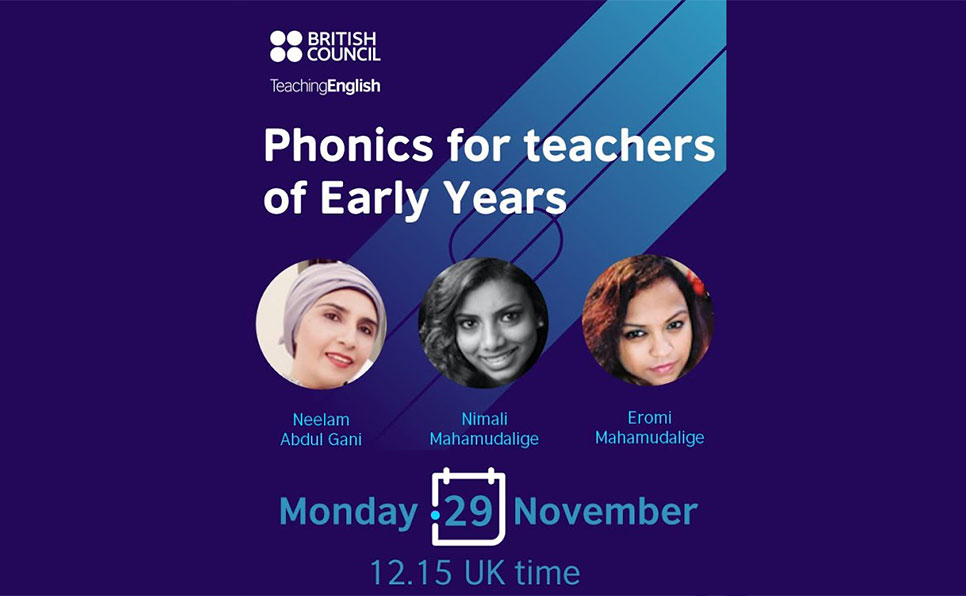The video discusses the “reading wars,” a long-standing debate in education about the most effective way to teach children to read.
Here’s a summary of the key points:
- Two Main Philosophies:
— Whole Language Approach: Assumes reading is natural, encourages guessing words using context clues, and focuses on meaning and enjoyment [04:56].
— Phonics Approach: Emphasizes teaching letter-sound matching and systematic decoding of words [07:31].
- Balanced Literacy:
— An attempt to combine phonics with literature, but often lacked sufficient explicit phonics instruction, leading to continued guessing [10:47].
— The “three queuing system” is a common example, which critics argue discourages phonics [14:18].
- Structured Literacy and the Science of Reading:
— A newer approach backed by the “science of reading,” which is explicit, systematic, and based on how the brain learns to read [15:36].
— Includes phonemic awareness, systematic phonics, vocabulary, language structure, and comprehension strategies [15:52].
— Many educators have seen significant improvements in student reading abilities with this approach [00:48].
The debate is crucial due to its impact on how children learn to read and the long-term consequences for those who struggle [01:27].


